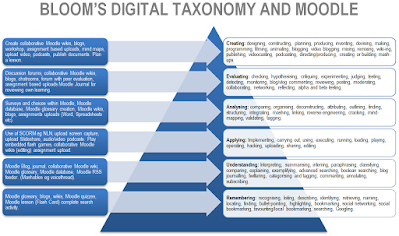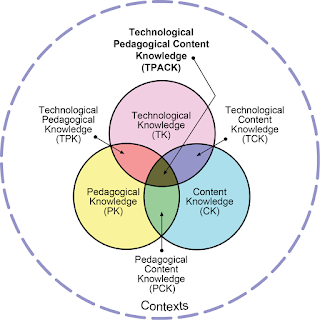Standing tall with mechanical limbs

In a bustling, futuristic mega-city street stands an autonomous robotic statue resembling a 19th-century neoclassical hero, with an all-seeing gaze, reminding us of authoritative power and influence. Nu Jazz https://www.youtube.com/channel/UCrxQKZRnAka3dliF7lp1-Ow Description In the heart of a mega city, amidst the bustle of 21st-century crowds, statues long forgotten stir to life. These once grand figures, now sleek, metallic sentinels, glide silently across the cityscape. Once symbols of history, they’ve become the guardians of a new age. Their mechanical limbs move harmoniously with the city’s rhythm, scanning, watching, and protecting. The past has been retooled for the present. No longer marble and bronze, they are now steel and circuit, a testament to the fusion of past grandeur with future innovation. Keywords Melbourne, statues, robots, crowd control, public spaces, futuristic, art, transformation, technology, urban guardians. Hashtags #Robots #FuturisticArt #UrbanGuardians #




